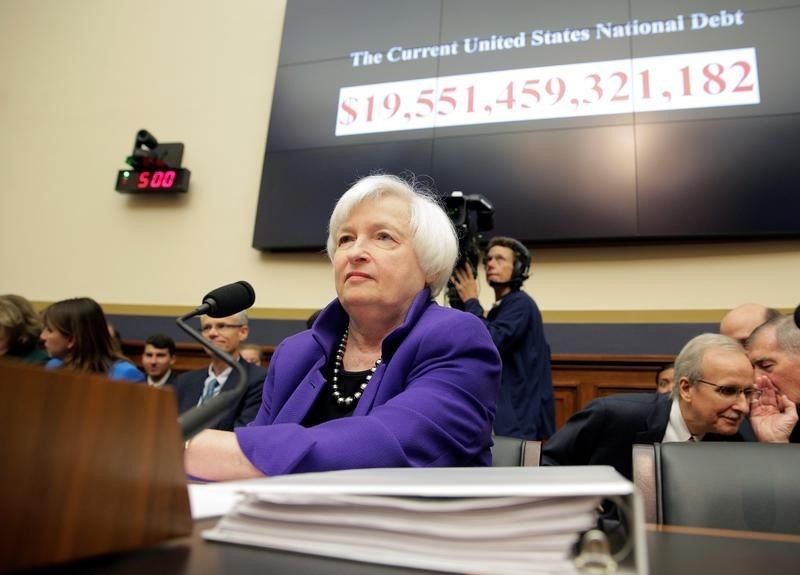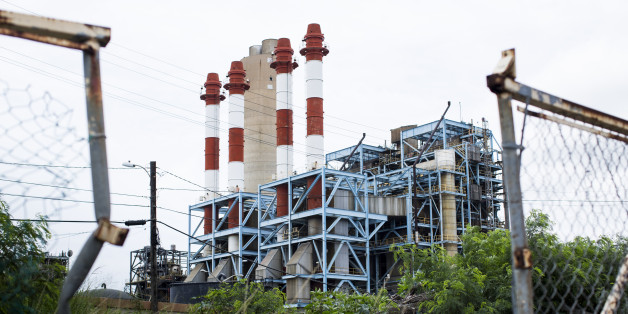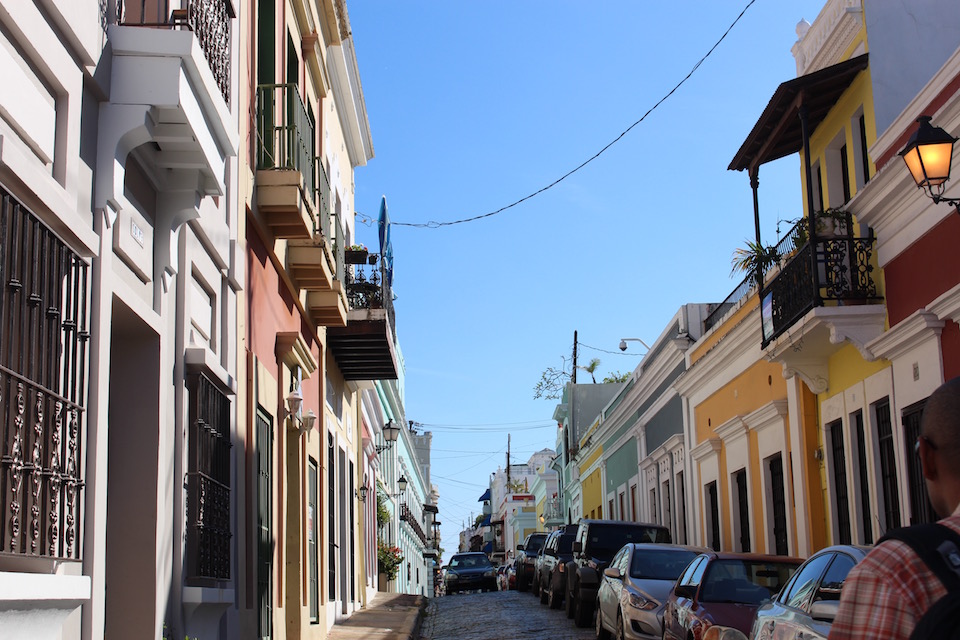Puerto Ricans are buying rice produced on the island for the first time in nearly 30 years. They are also eating locally grown mushrooms, kale and even arugula, along with more traditional crops such as plantains and pineapples.
The U.S. territory is seeing something of an agricultural renaissance as new farms spring up across the island, supplying an increasing number of farmers' markets and restaurants to meet consumer demand for fresher produce.
Farming has become one of the few areas of growth on an island struggling to emerge from a 10-year-old recession and a still-unfolding debt crisis. The most recent statistics from the governor's office show farm income grew 25 percent to more than $900 million in 2012-2014. The amount of acreage under cultivation rose 50 percent over the past four years, generating at least 7,000 jobs.
"More and more people have noticed that this is one of the only successful ways of living on the island right now," said Tara Rodriguez Besosa, a farming advocate and owner of an organic restaurant in San Juan that buys from local farms, including one started by her mother several years ago.
Agriculture is a small part of the economy in Puerto Rico, well behind manufacturing, finance and tourism. But the growth is notable simply because things are so bad overall. Many businesses have closed, tens of thousands of people have decamped to the U.S. mainland, unemployment is at nearly 12 percent and the government is in default. Congress gave the territory some breathing room in June with legislation to enable the restructuring of what the governor has called its "unpayable" $70 billion debt, but the effects of that legislation have yet to be felt widely.
The agricultural rebirth can be seen in the aisles of supermarkets, where local rice went on sale in August for the first time since the last producer closed in 1989, and in the shimmering green fields where the grain is grown on the outskirts of the southwestern town of Guanica. The government helped launch Finca Fraternidad, or "Fraternity Farm," by providing 1,350 acres of vacant public land.
The rice venture is one of about 350 farms that the government supported to reduce Puerto Rico's reliance on expensive food imports and spur the growth of a sector that dominated the economy until the 1940s, when the territory began a decades-long transformation into a more urban, developed society where few wanted to work on farms.
"It's satisfying to change the perspective of an island that once viewed agriculture as a thing of the past, as something for people without education," Puerto Rican Agriculture Secretary Myrna Comas said.
It can still be a challenge to find workers, especially for labor-intensive crops like coffee. But 25-year-old Jonathan Rodriguez, who has been working on the harvest at Finca Fraternidad, said the job appeals to him.
"I like it because it's something that we sow for the island," he said on a scorching recent morning. "And that's why we're here, to make Puerto Rico better."
In the west and the south, the government has launched a project to supply the local rum industry with homegrown sugarcane, which dominated the economy in the 19th century but all but disappeared as it became cheaper to produce elsewhere. About 870 acres of cane have been planted so far, and Comas said the plan is to expand to 11,600 acres.
In addition to the many small, independent farms, the island has seen investment in large-scale agriculture.
Bayer, the German medicine and farm-chemical maker, announced this month that it would spend $17 million to develop two agriculture biotech facilities in the U.S. territory. Monsanto, the Missouri-based seed and weed-killer company, has large fields of corn, soy and cotton in Puerto Rico and recently invested $5 million in its projects.
Even pot growers are looking to set up shop.
Following a 2015 executive order legalizing medical marijuana derivatives, GreenVision LLC, a subsidiary of Nevada-based StereoVision Entertainment Inc., announced plans in August to build a 40,000-square-foot (3,700-square-meter) cultivation and manufacturing facility in Puerto Rico.
But it's the small-scale farming that is most visible to consumers.
The number of farmers' markets has tripled in the past four years to more than a dozen across the island, said Mayra Nieves, president of a local nonprofit organic food cooperative. That has quadrupled overall business to some $35 million a year, spurred in large part by interest in organic produce, Comas said.
There are also urban community gardens popping up across the capital that cater to people who want something fresher than the shrink-wrapped imports that have long been standard at stores and restaurants.
"People are becoming more open-minded," Nieves said. "They no longer see us as 'those hippies.'"





